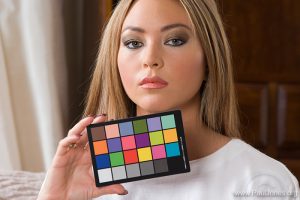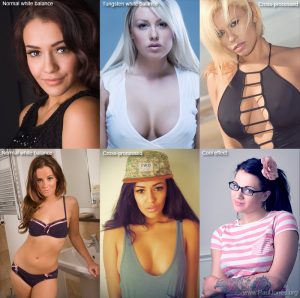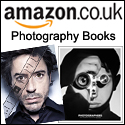“Understand
Learn to demand
Compromise
And sometimes lie
Get the balance right
Get the balance right”
Depeche Mode ‘Get the Balance Right’
The subject of white balance came up this week, with a photography conversation around whether we should always be striving for ‘natural’ or ‘normal’ colours. My personal take on it is that I always aim to capture a natural/correct base image, or ‘get the shot right in-camera’ as they say. But the image capture is only the beginning of the process and I may then choose to experiment once the image is in the digital darkroom.
Over the years I’ve tried several different methods for trying to achieve a correct white balance, including carrying around sheets of white card in my camera bag. I then read on the DPReview.com forums that people were having great success attaching a Pringles lid to the front of the lens to set a custom white balance, so I tried this for a while. I guess it was like an early version of the ExpoDisc. It’s so long ago that I can’t honestly recall whether Ready Salted or Salt & Vinegar flavour gave the best results.
From crisps to corn flakes
After ditching the Pringles lids, the talk on the photography forums was that the inside of a Kellogg’s Corn Flakes box was a neutral grey and just right for setting white balance, so I ditched the crisps for corn flakes (note that other brands of breakfast cereals are available). Liking the results from using a neutral grey I then invested in a Jessops grey card, which, as the name suggests, is a sheet of grey card that fits inside your camera bag. I actually still have this zipped into one of the pockets of my Billingham, so it’s stood the test of time.
I then moved on and bought a Digital Grey Card set from Amazon, which is a set of three pocket-size cards in black, grey and white. I used these for quite a while and found that they gave reasonable results.
Colour Checker Card
I’ve now progressed on to using a colour checker card, as seen in my photo of Natalia below. Watching more and more photography videos on YouTube and Vimeo it seemed that many studio photographers were using these type of cards in their shoots. Whilst professional versions of colour checker cards are available for around £50 or more, I am happy with the 2 in 1 Grey White Balance Colour Card that I again bought from Amazon for just over £10. It’s made of durable plastic, lightweight and easy to carry around, plus easy for the model to hold.
The process for using a colour checker card is simple. Firstly, it’s worth noting that I always shoot in RAW. Before the photoshoot starts I take a reference photo of the model holding the card. After downloading the RAW files to the computer, simply open up the reference image file in your RAW conversion software and use the white balance tool to click on the grey square to instantly set a ‘correct’ white balance. You can then apply this setting to the whole batch of RAW files to give you a folder of colour corrected images to work with.
Having said that I like to get the colours right in camera, I do often play around or experiment with my images, including deliberately altering the colours. This can include warming images up or cooling them down, or choosing a ‘wrong’ white balance setting, such as Tungsten, as part of the RAW conversion process. I’ll also often give images a cross-processed look or try out various hue/saturation effects. Who’s to say what’s right or wrong? I use whatever I consider appropriate for a given image and admit that I don’t always get it right, but that’s the joy of photography.
Have fun with your photography and don’t be afraid to experiment!
The examples below are just a few images pulled together to show some of the effects that I use. Click to enlarge and please feel free to leave a comment.







Haha, I remember us using the Pringles lids. They were quite effective. I still have some white and grey cards for taking a reading, but I can’t remember the last time I used them. These days, Auto White Balance is usually accurate enough, and if it turns out there’s an issue, it’s very quick and easy to adjust en-masse in Lightroom.
I agree it’s fun to experiment, and I like other people’s images where they have split-toned or altered the white balance. However, when I try it myself perhaps to try to create that vintage film look, I’m never happy with the results.
Maybe I need to do some more experimenting in this area…
Pringles lids…. Happy days, eh Brian? Yes, auto WB has come a long way.
Thanks for posting. 🙂